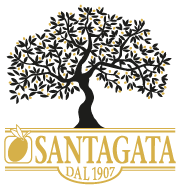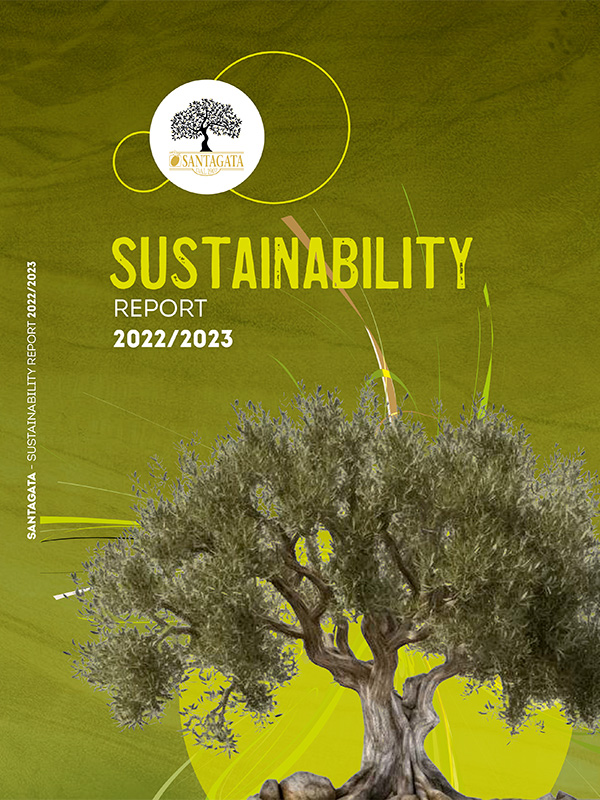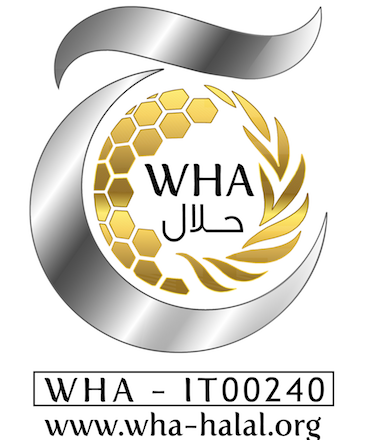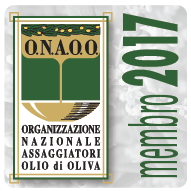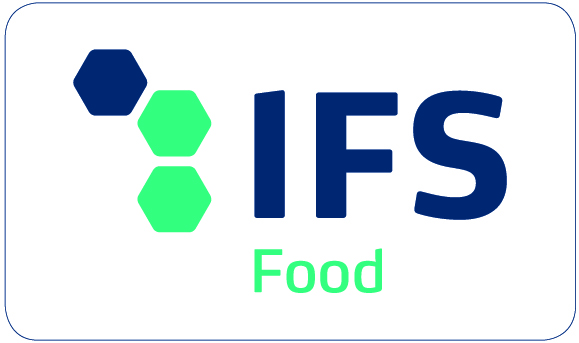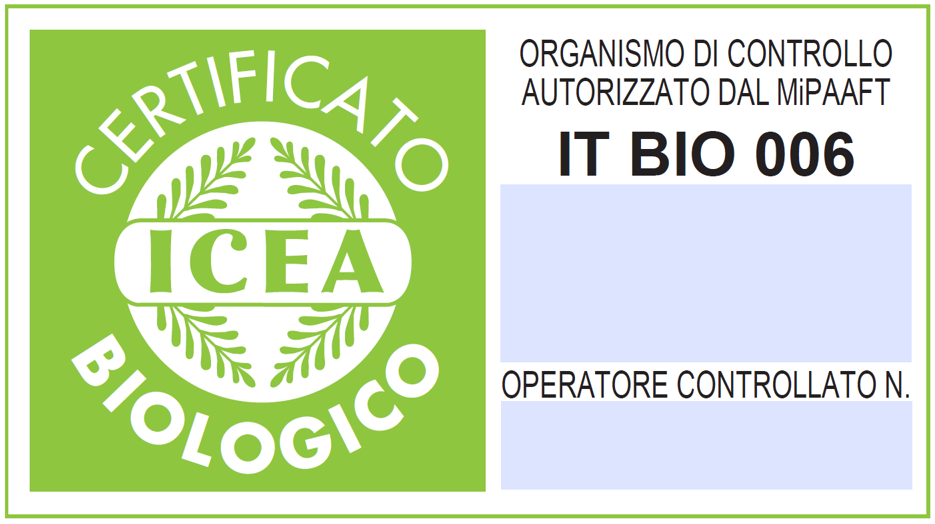The prospects for agriculture in the days of the coronavirus
The pandemic has accelerated the need for change and innovation in agriculture around four watchwords: health, transparency, eco-responsibility and, last but not least, productivity (images broadcast from TVs of empty food shelves in supermarkets are still vivid as news about the Corona virus spread). Looking to the near future, the increase in world population and the need for safety and quality will push up agricultural production both quantitatively and qualitatively. From source SIAL (International Food Fair of Paris) between 2000 and 2015, the number of organic farms in the world has grown 10 times, in France, European leader in the sector, out of five new food products one is now organic. This trend will be further reinforced in the coming years and the same positive signal will be seen for food products focused on well-being, i.e. enjoying a reputation for nutritional benefits, such as extra virgin olive oil. According to some commentators, Italian agriculture today has a historic opportunity, “tragically unexpected”, to highlight its importance as a primary sector. The need to resolve its critical issues, from the lack of labour to the recovery of arable land, to research aimed at contrasting adverse natural phenomena (xylella, bugs, drought) and production innovation, is becoming increasingly urgent. An example of innovation in olive cultivation are the barrier or hedge plantations with rational irrigation and exploitation criteria that are being planted in Spain. Italian olive production represents only 20% of national needs and the excessive dependence on foreign producers may prove to be both a risk in the event of an international crisis (in the catastrophic forecast of not being able to stop the pandemic, some states have prudently slowed down the export of basic agricultural products) and a lack of opportunities for Made in Italy whose potential is growing along with imitations and forgeries.
At the Guggenheim in New York, the famous museum of modern and contemporary art, the exhibition entitled “Countryside, The Future” currently underway is a sign of a modern sensitivity to agriculture. It is the emblematic event that in itself prefigures a vision of the future with the countryside and the cultivation and care of the land at its centre. 40 years ago one of the two organizers, the famous urban architect Rem Koolhaas, celebrated exactly the opposite by writing the “manifesto of the manhattanisation of the world”, which extolled metropolis and urban deregulation as the only social possibility in the age of consumerism. Today, through this cultural initiative at the Guggenheim, the Guggenheim proposes a radical change of course which is not a return to bucolic nostalgia but rather a vision all within the future of agriculture (from chemistry, research, automation, bio-technological evolution, big data, use of satellites and so on). The exhibition “Countryside, The Future” tells, through an avant-garde narration, the new centrality that belongs to agriculture and its “priests”, the farmers. They are unequivocal proof of the importance of farming work, in these times of Corona virus, the charter flights loaded with workers arriving in Germany and France to allow the necessary agricultural work. A strong signal that adds to the still weak signal of the return to the land of many young people. A few days ago the French Minister of Agriculture Didier Guillaume launched an appeal for all those who are losing their jobs due to the crisis from Corona virus to reach “the great French agricultural army that is short of manpower and could offer 200 thousand jobs.
